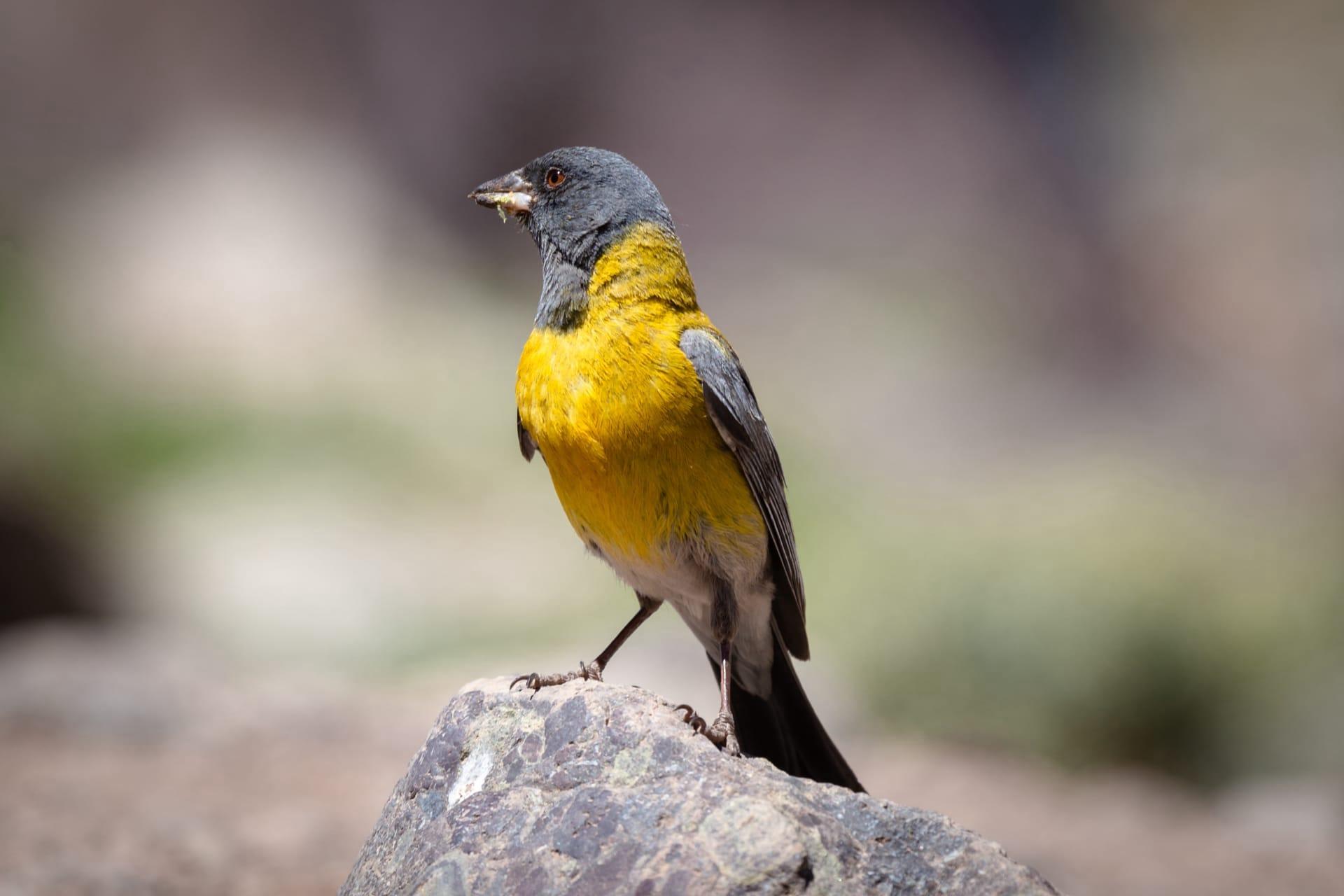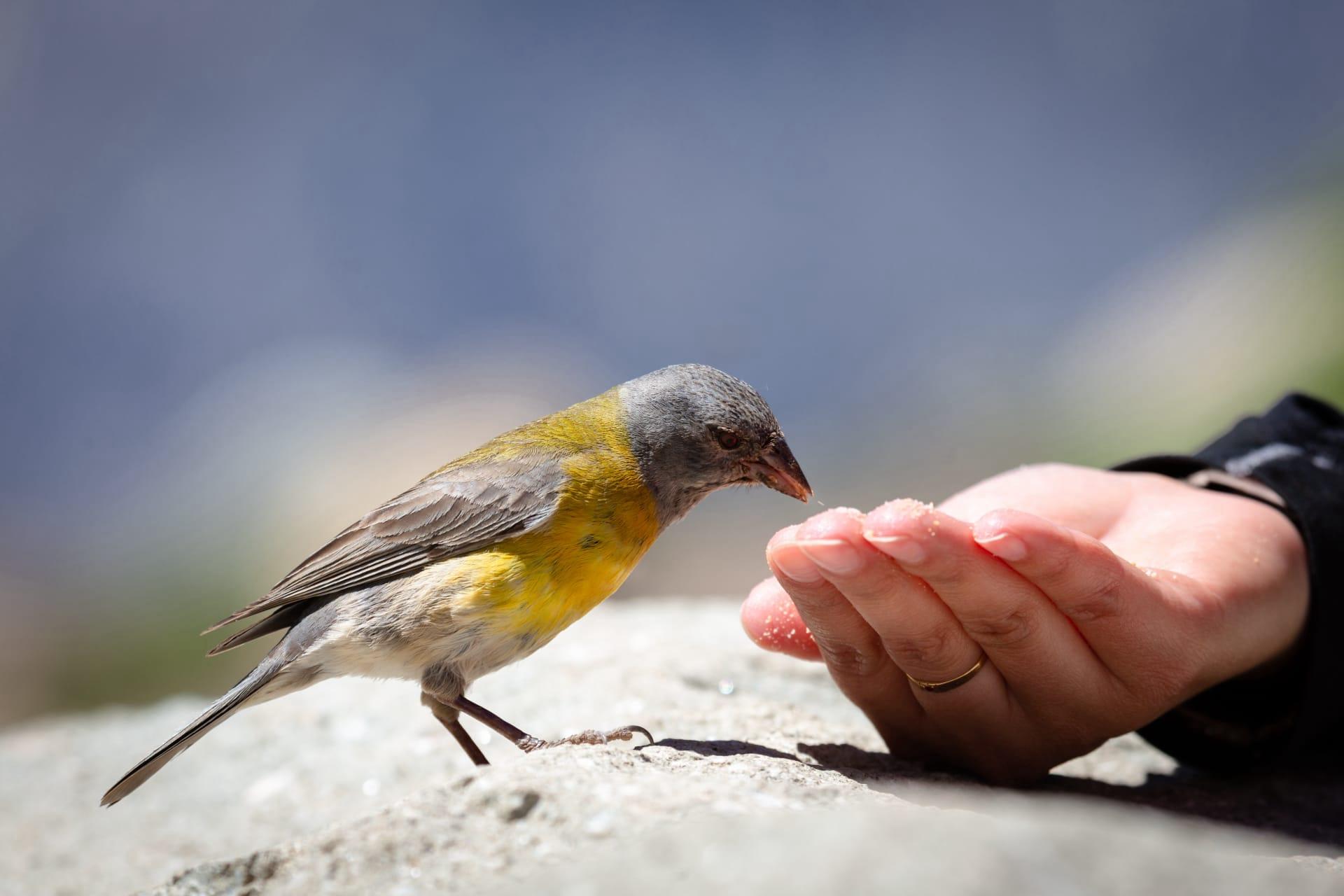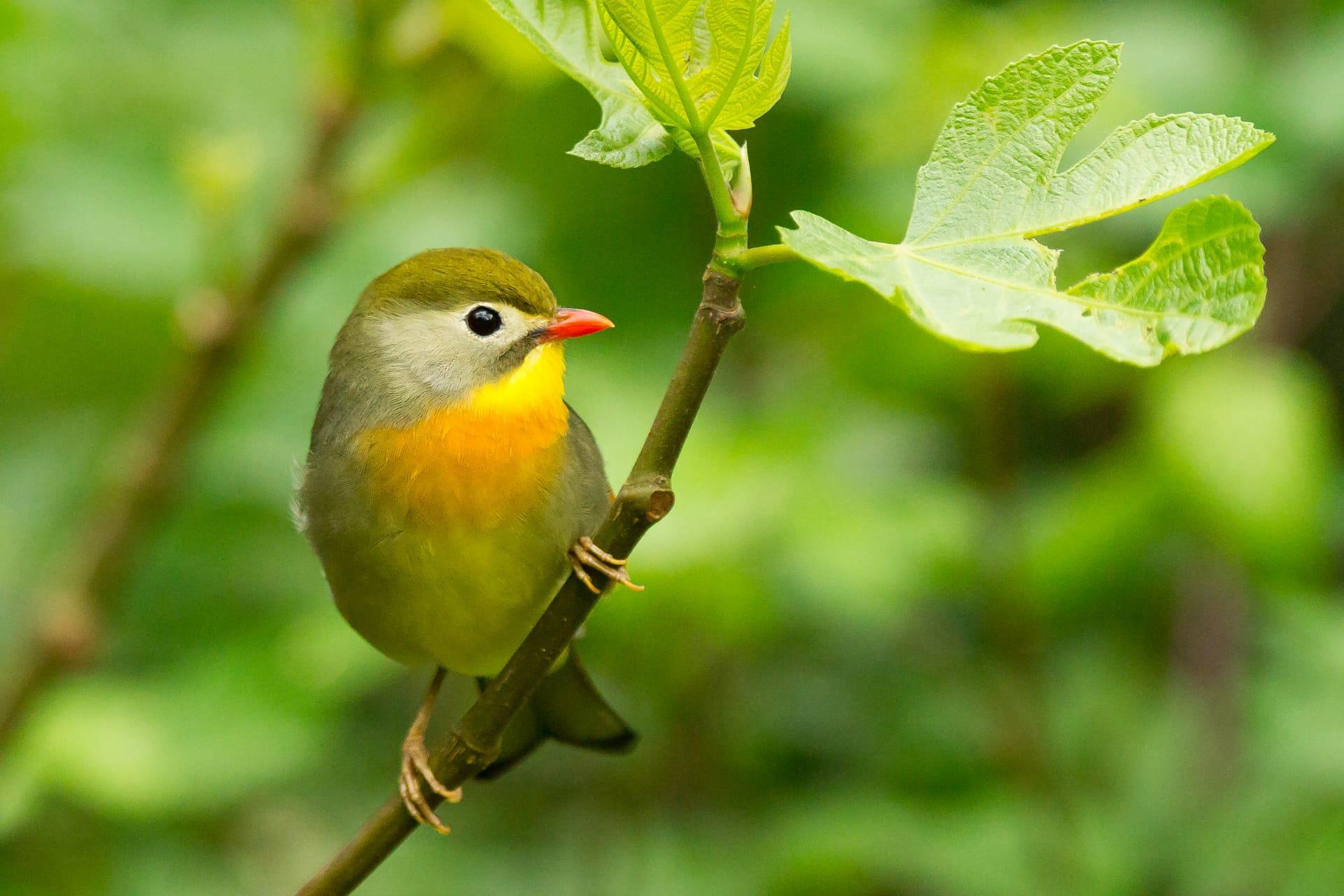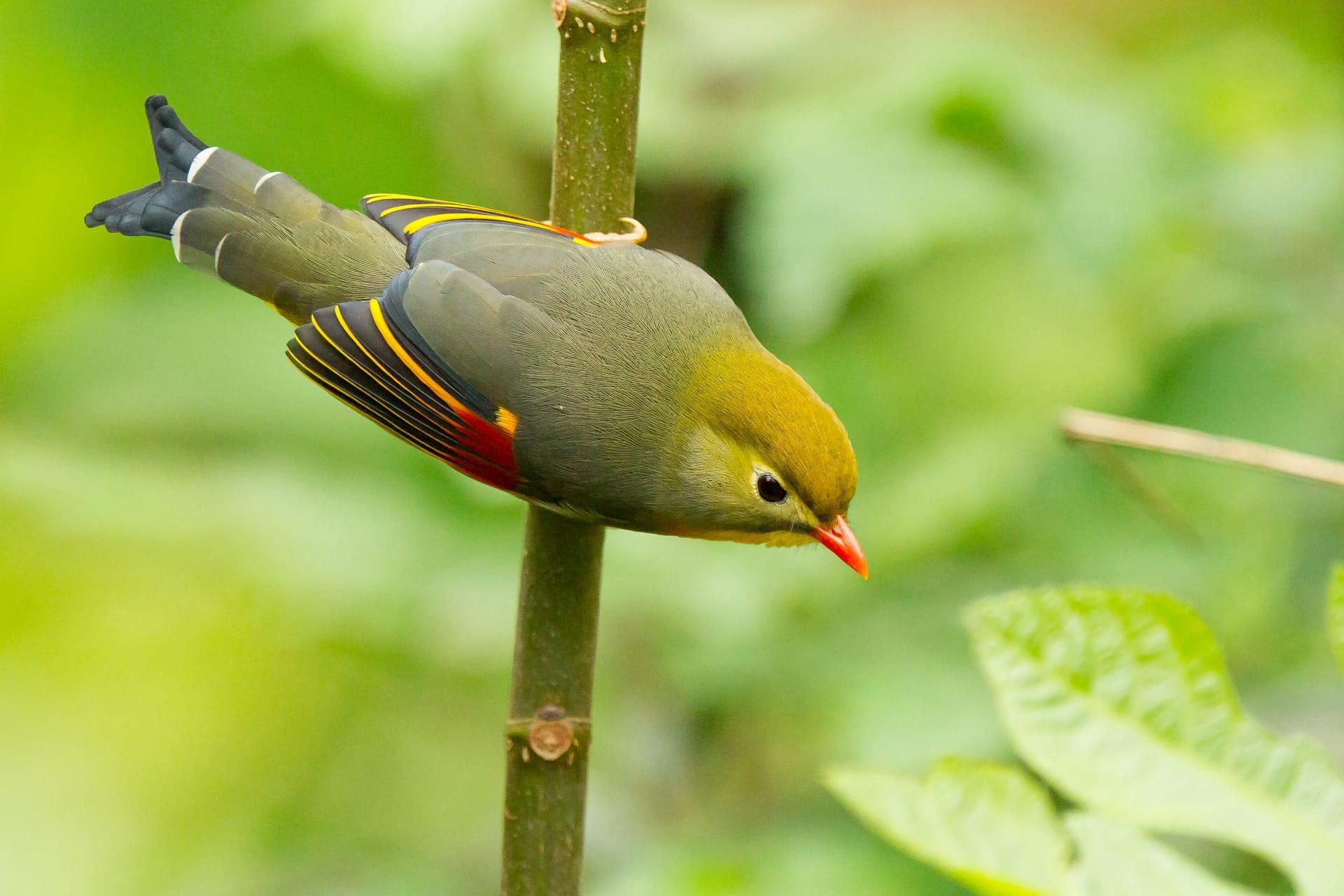1
Tanagers are a feast for the eyes, with more than 300 species, each boasting its own vibrant colors. The Paradise Tanager, for instance, is a spectacle of neon green, deep blue, bright yellow, and vivid red. This multicolored marvel is not just a pretty face; its hues play a crucial role in mating displays and territory defense. Another intriguing fact lies in their diet. These birds have a sweet tooth for fruit, but they're also agile insect hunters. The Golden-hooded Tanager skillfully plucks insects mid-air or forages for them among leaves, showcasing its adaptability and diverse diet.
Life in the treetops is a balancing act for Tanagers. They are predominantly arboreal, spending most of their time in the leafy canopies of South and Central American forests. This elevated lifestyle offers safety from ground predators and easy access to food. However, it also presents challenges like navigating through dense foliage and competing for limited food resources. Some species, like the Scarlet Tanager, migrate over 3,000 miles between North and South America, demonstrating remarkable endurance and navigational skills.

2
The vocal talents of Tanagers are as varied as their colors. While some species like the Scarlet Tanager have a melodic song, others produce simpler calls. These vocalizations serve multiple purposes, from attracting mates to warning others of danger. The diversity in their songs mirrors the diversity in their habitats, ranging from tropical rainforests to high mountain ranges. Another fascinating aspect is their nesting habits. Tanagers typically build cup-shaped nests, but the location and materials vary greatly. The Blue-gray Tanager, for instance, constructs its nest in a tree fork using twigs and leaves, creating a cozy home for its eggs.
Tanager beaks are a marvel of evolution, perfectly adapted to their diets. Species that feed primarily on fruits have broader, stronger beaks for crushing tough skins, while insect-eating species boast slender, sharp beaks ideal for snatching prey. This specialization highlights the adaptability of Tanagers to different ecological niches. Social dynamics are another area of interest. Some Tanagers, like the Silver-beaked Tanager, are highly social, often seen in mixed-species flocks. This behavior not only provides safety in numbers but also increases foraging efficiency, as birds benefit from the collective vigilance and diverse foraging methods of the group.

3
Tanagers exhibit a fascinating phenomenon called sexual dimorphism, where males and females show distinct differences in appearance. In many species, males are brightly colored to attract females, while females have more subdued tones for camouflage while nesting. This difference is striking in species like the Flame-colored Tanager, where the male flaunts a fiery red-orange plumage, whereas the female sports a modest yellow-green coloration. Beyond aesthetics, Tanagers play a crucial ecological role as seed dispersers. By consuming fruits and excreting the seeds elsewhere, they aid in forest regeneration and biodiversity maintenance.
Adaptability is a key trait of Tanagers. In urban areas, some species like the Palm Tanager have learned to thrive, adjusting their feeding habits to include human-provided food sources. This adaptability highlights their resilience in the face of changing environments. Tanagers also have a unique relationship with ants. Species like the Hepatic Tanager engage in a behavior known as 'anting,' where they use ants to rid their feathers of parasites. The ants release formic acid, which acts as an insecticide, helping the birds maintain their feather health and hygiene.

4
The breeding behavior of Tanagers is as diverse as their species. Some, like the Brazilian Tanager, are monogamous, while others may practice polygamy. Their courtship rituals are a dance of colors and sounds, with males often performing elaborate displays to woo females. Nesting sites vary from dense forest undergrowth to high in the treetops, depending on the species' specific needs and threats from predators. Parental care is typically shared, with both male and female Tanagers contributing to feeding and protecting the young.
Migration patterns of Tanagers are a testament to their endurance. Species like the Western Tanager undertake long migratory journeys, traveling from North to Central America during winter. These migrations are not just physically demanding; they also require precise navigation skills. Tanagers use a combination of the sun, stars, and Earth's magnetic field to find their way across continents. Another interesting fact is their interaction with other species. In the wild, Tanagers are often seen foraging alongside different bird species, like honeycreepers and warblers. This interspecies association benefits all involved, as it enhances foraging opportunities and provides added protection against predators.

5
Climate change and habitat loss pose significant threats to Tanager populations. Deforestation and urbanization are destroying their natural habitats, while climate change alters the availability of food sources and nesting sites. Conservation efforts are vital to protect these colorful birds and their ecosystems. On a lighter note, Tanagers are not just forest dwellers. Some species, like the Grass-green Tanager, inhabit high-altitude environments, showcasing their ability to adapt to various climates and altitudes.
The longevity of Tanagers varies among species, with some living up to 12 years in the wild. This lifespan is influenced by factors like predation, food availability, and habitat quality. Tanagers' role in their ecosystems extends beyond seed dispersal. They also help control insect populations, acting as natural pest controllers. This ecological service benefits the health of forests and agricultural areas, highlighting the importance of preserving Tanager species and their habitats.